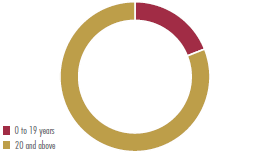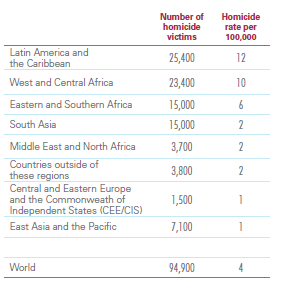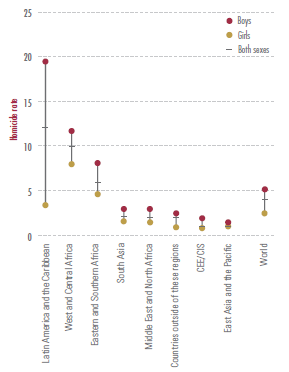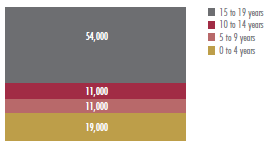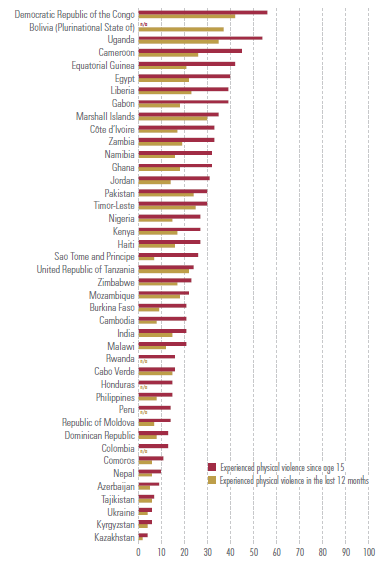According to General Comment No. 13 on the Convention on the Rights of the Child, physical violence takes both fatal and non-fatal forms and encompasses physical torture, cruel and inhuman physical punishment, physical bullying and hazing, and corporal punishment.[i] It involves someone using an object or part of his or her body to physically harm a child and/or control a child’s actions. Physical violence against children can be committed by anyone, although adults in positions of trust and authority (such as caregivers and teachers) are often cited as perpetrators. Acts of physical force against children are also common among peers. Extensive research on the experience of physical violence during childhood provides evidence of the potentially damaging effects it can have on the physical, psychological and social well-being of children. It can lead to consequences ranging from minor bruises and broken bones to head trauma, physical disability and even death.
For further details, see: United Nations Children’s Fund, Hidden in Plain Sight: A statistical analysis of violence against children, UNICEF, New York, 2014.


